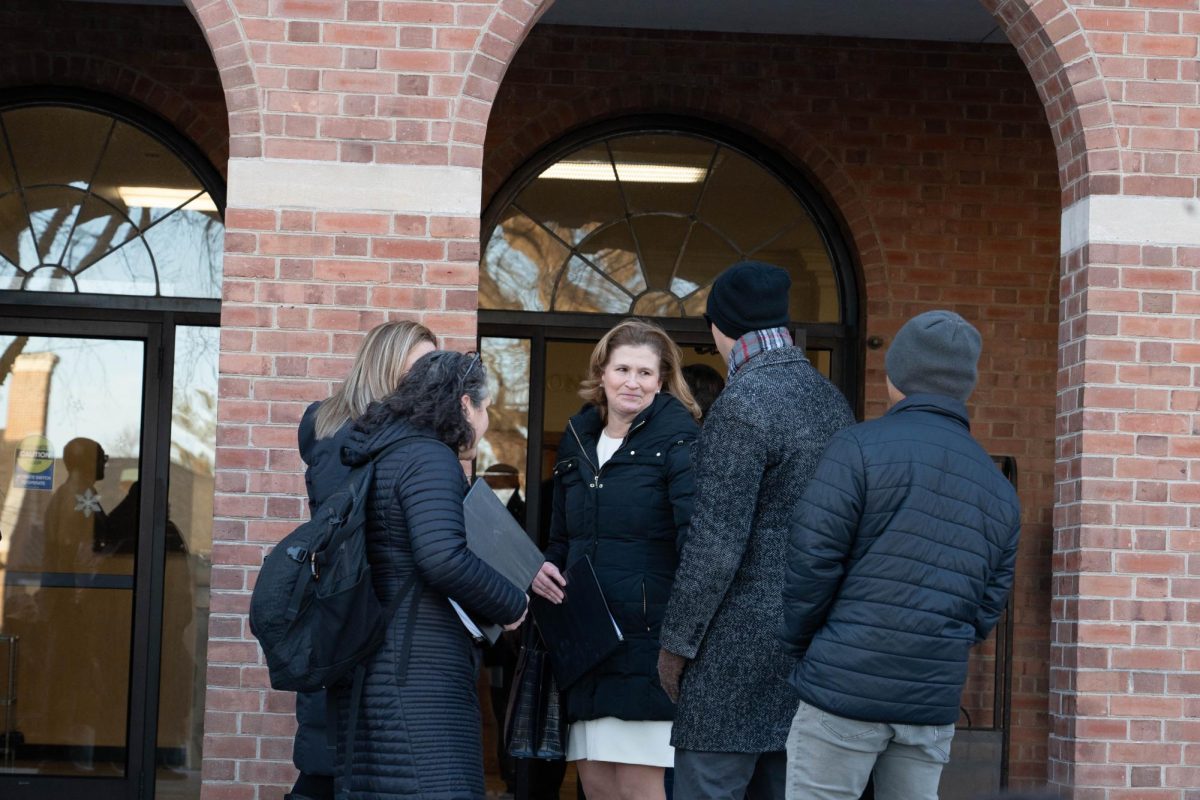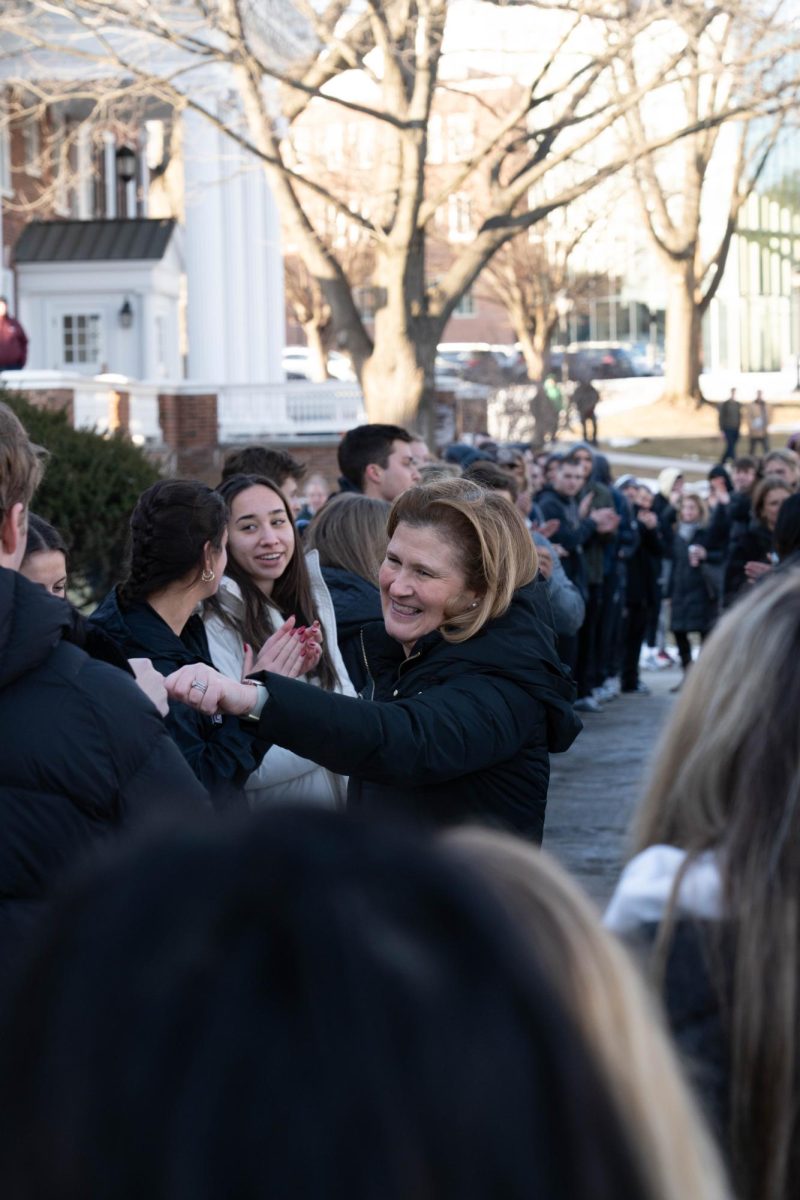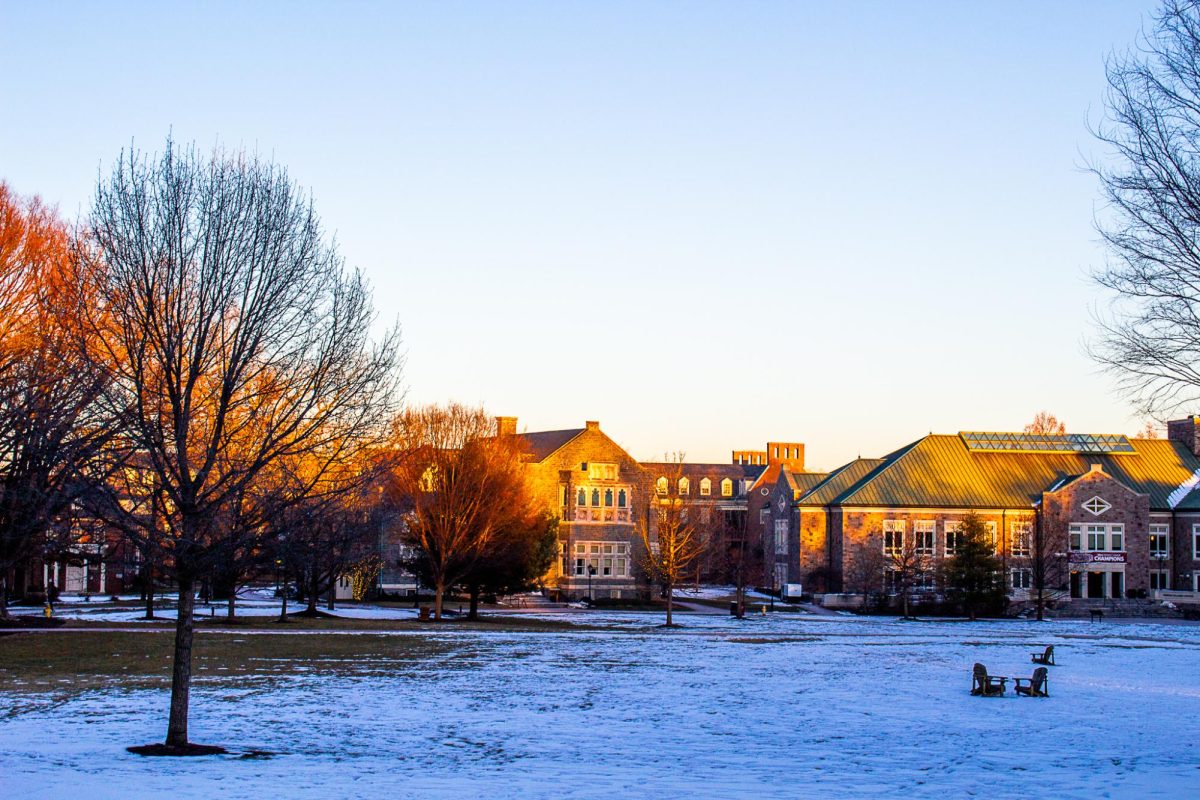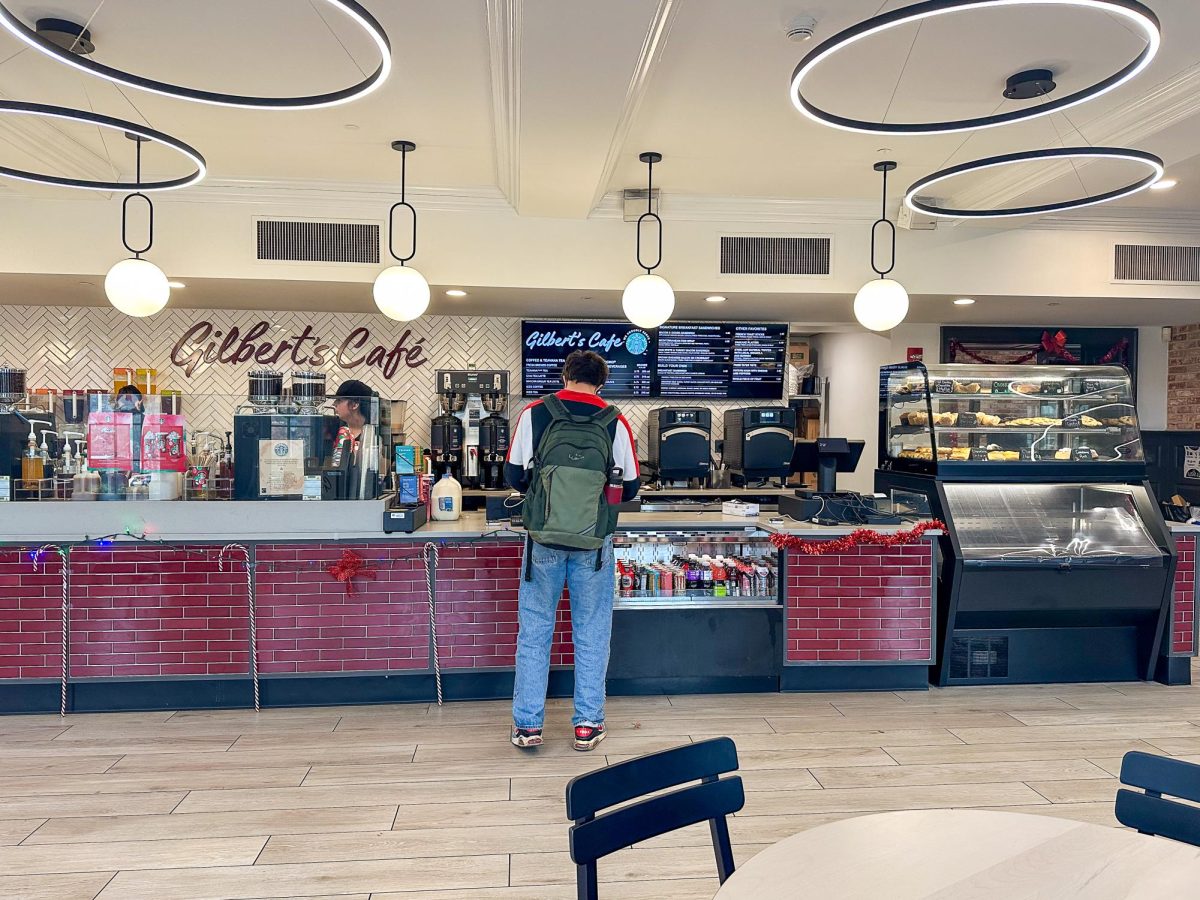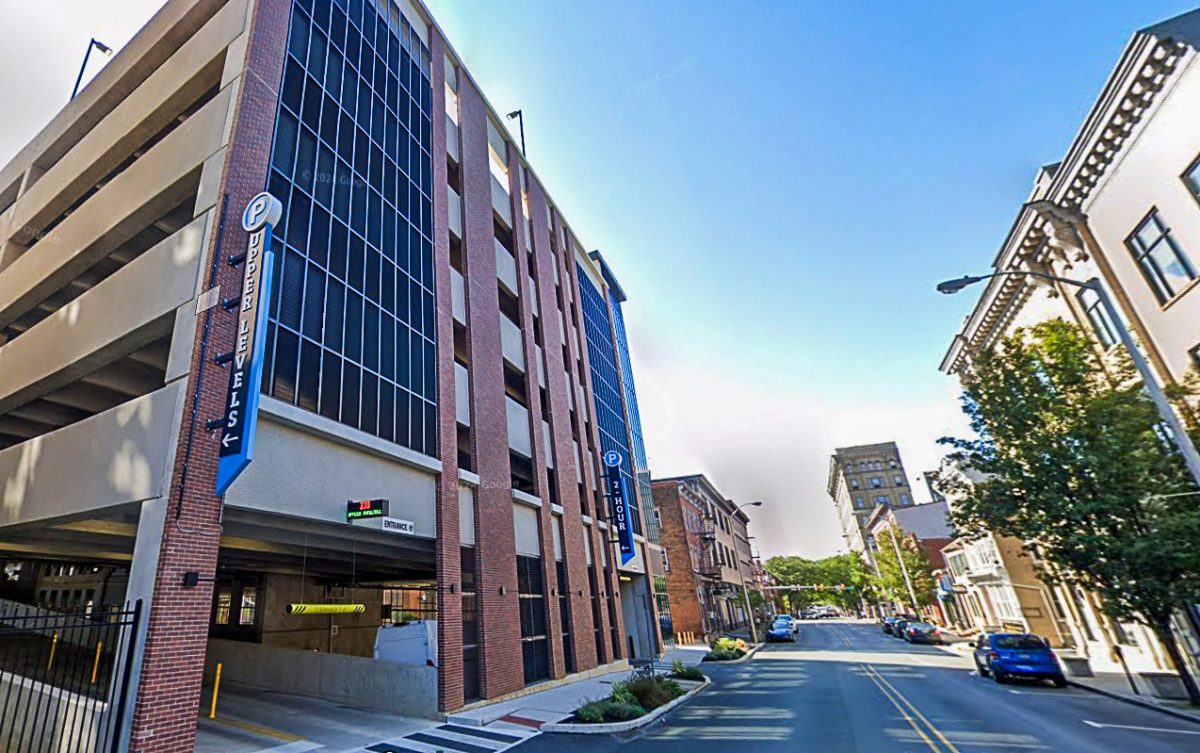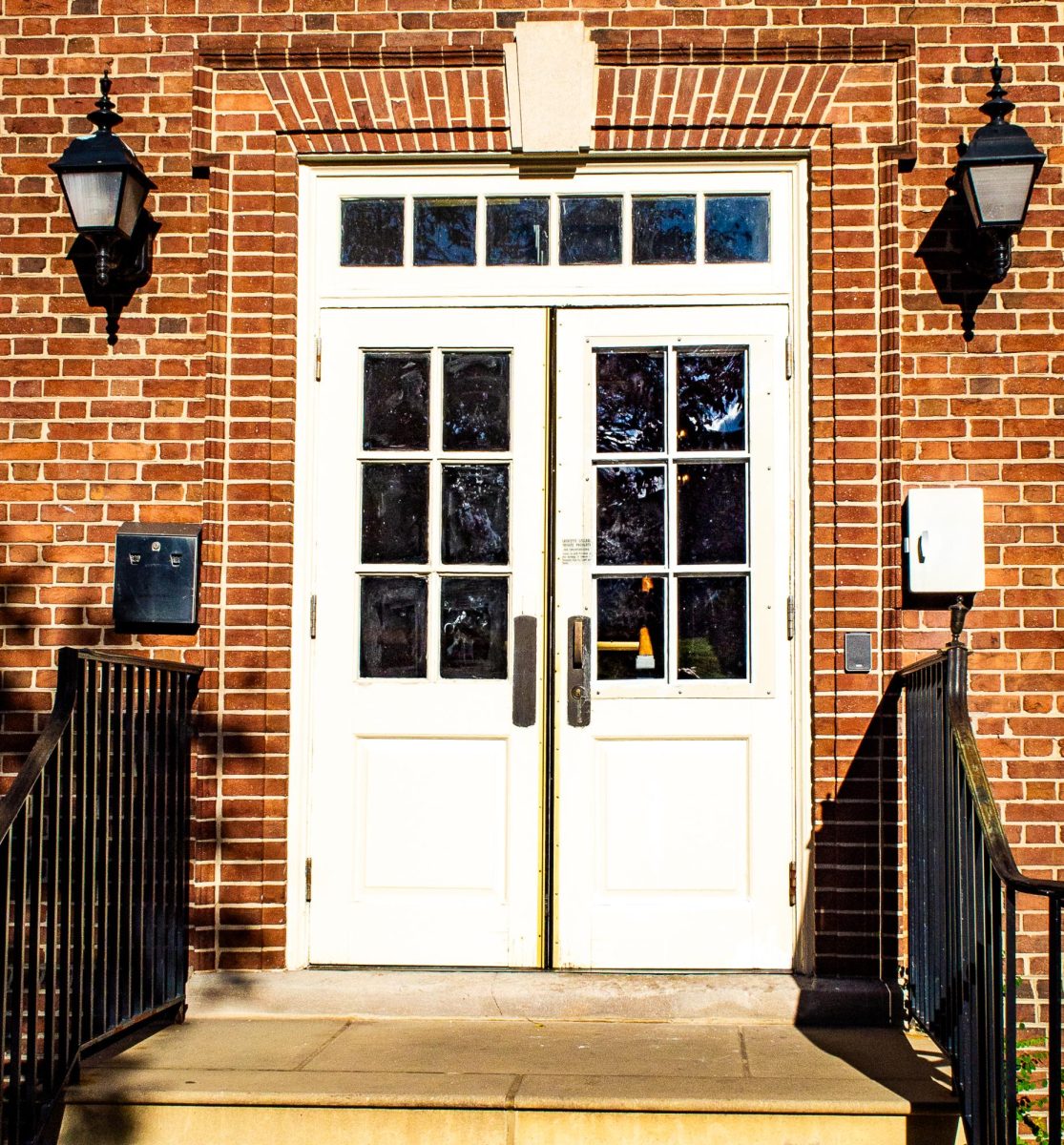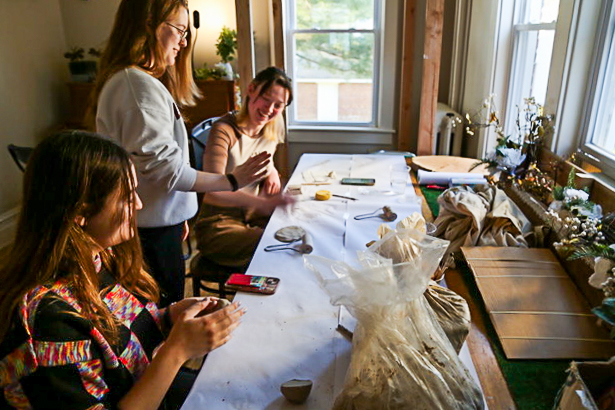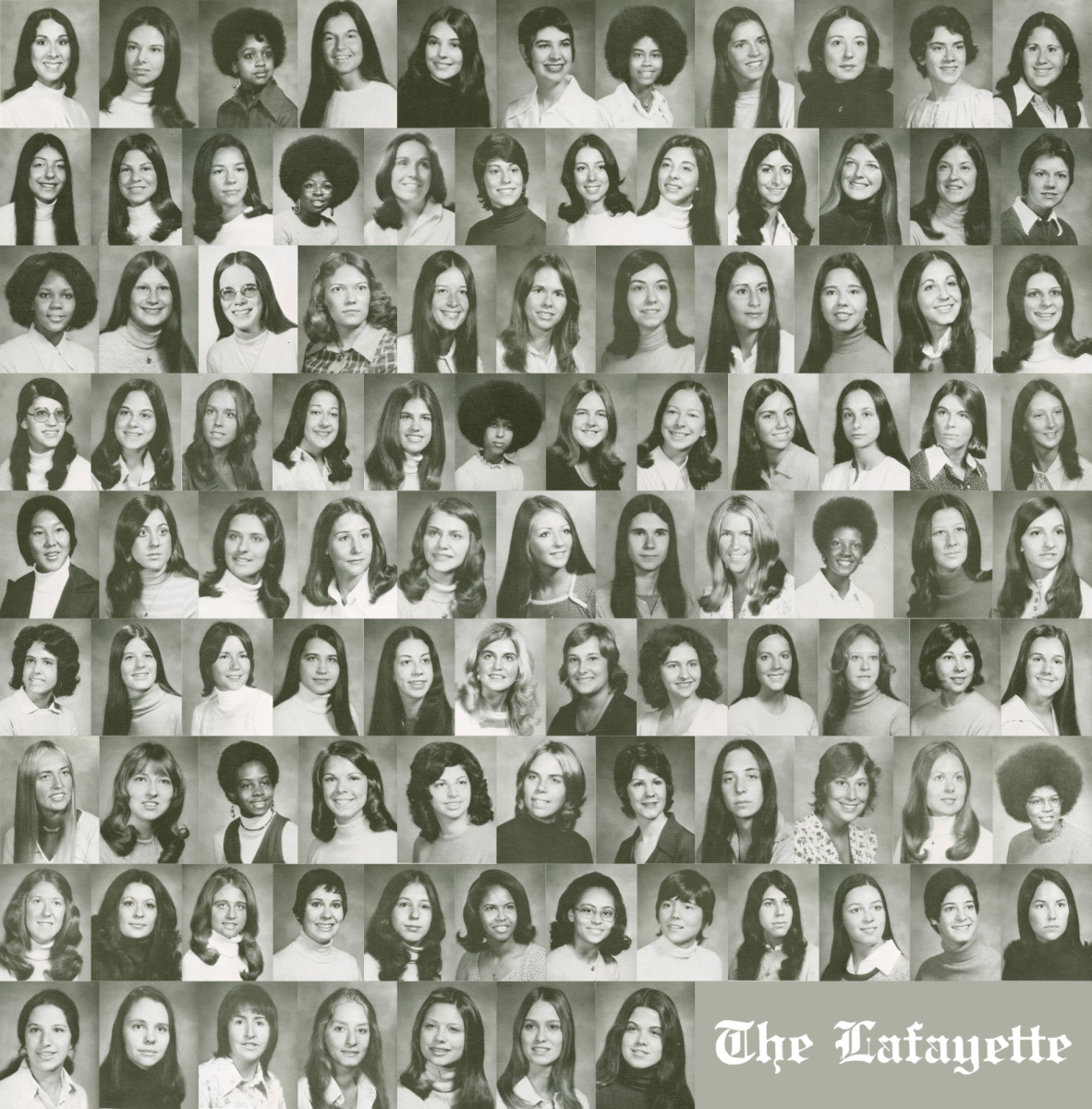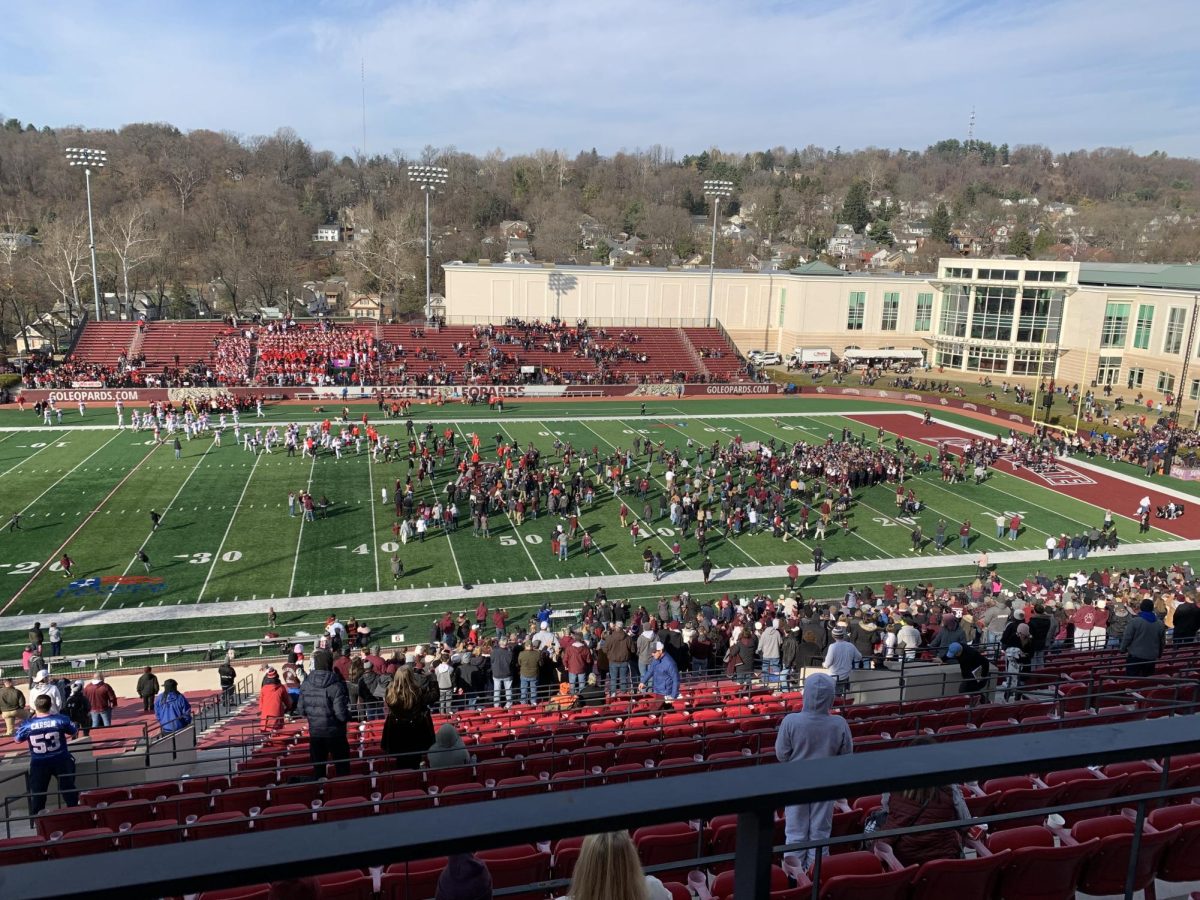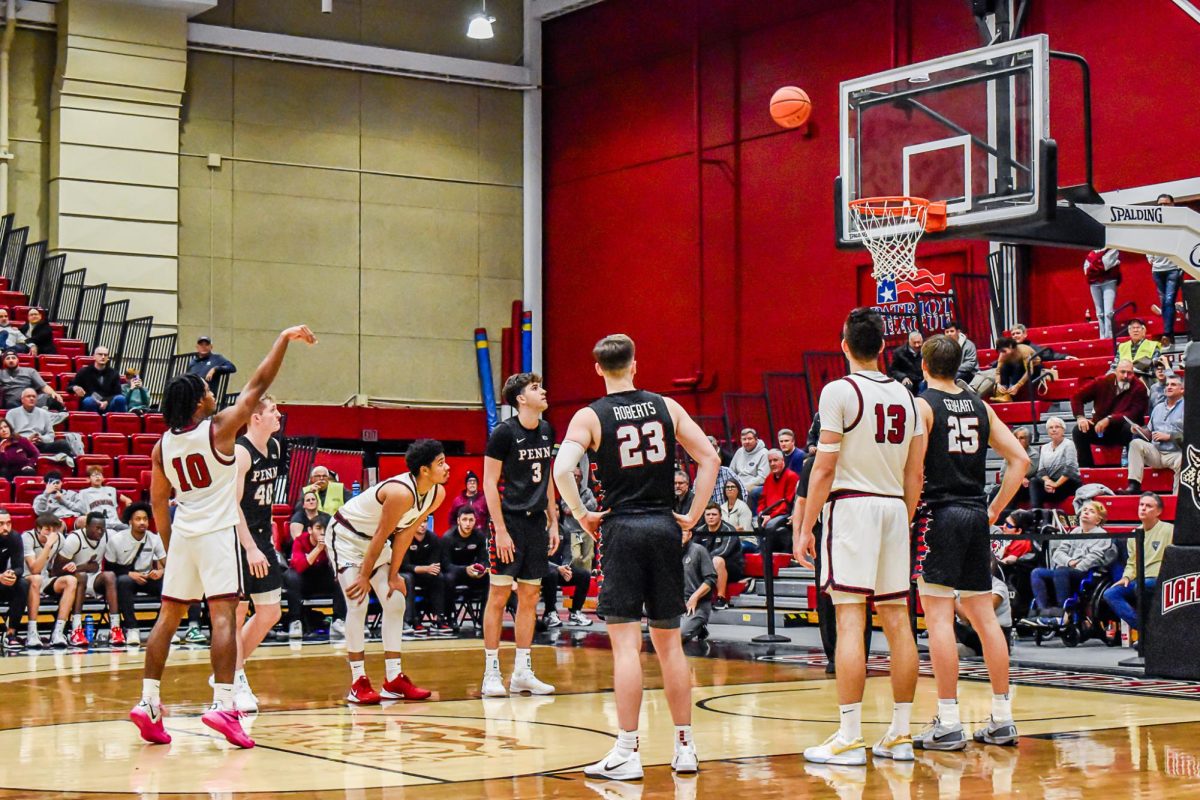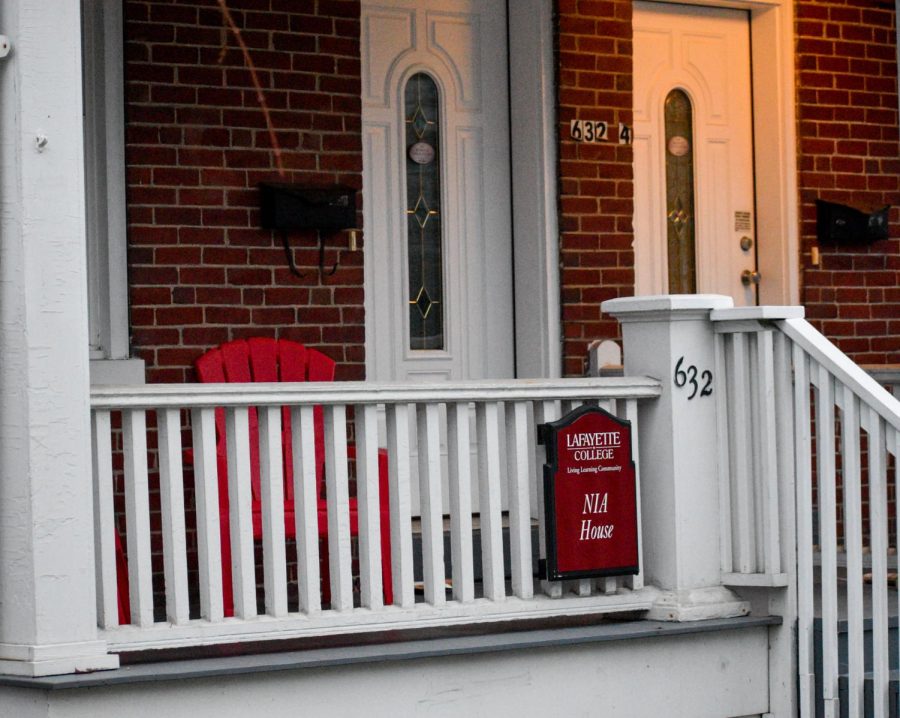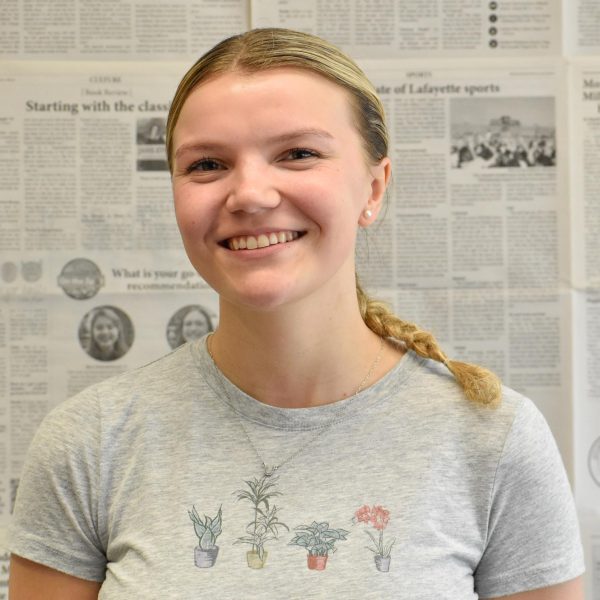Having an inclusive space on campus for women of color is an integral part of making a community feel welcome, and NIA Sisterhood has been working to do just that.
NIA presidents Jada Peters ‘23 and Monique Brown ‘23 have been working tirelessly to organize events centered around empowering women of color and making spaces that embrace their culture. This past Tuesday, NIA, which means “purpose” in Swahili, co-sponsored a discussion on the history of the “clean girl aesthetic” with the multicultural sorority Mu Sigma Upsilon.
The “clean girl aesthetic” has emerged as a social media trend that features a simple beauty routine with minimal makeup and sleek, slicked-back hairstyles. The trend, which has been heavily associated with white women, is what Black and brown women have already been doing for generations.
During the talk, members of NIA described the double standards that persist for women of color.
“For Black and brown women, it is a lifestyle instead of a trend. An issue with this is that Black and brown women have been called ghetto and unkempt, but now that white women do it, it’s desirable,” Peters said. “White people continue to try to rebrand Black and brown lifestyles as their own.”
Talks like this one define the sisterhood of NIA. Peters and Brown noted that throughout Lafayette’s history, the organization has always been incredibly active. The sisterhood has been working in the community and striving to foster an inclusive environment for women of color since the 1970s. However, they were officially founded as an organization in 2010.
“When we look back at the archives when NIA was really founded in 2010, we see that … they were doing things like taking people to conferences outside of the school. They were doing volunteer work,” Peters said. “It was more than just … hosting events; it was actually doing things for the community.”
NIA has continued its legacy of philanthropy to this day. Their recent Zumbathon, a dance fitness party, raised about $1,100, which was all donated to the Capital Breast Care Center, the organization that cared for the mother of a NIA member.
Through all of these events, NIA strives to accomplish its main goal of having a space where women of color can feel heard and represented without feeling that they need to change who they are.
“This space is for them,” Peters said. “This is a place where [they] can feel represented.”
Peters and Brown agreed that all of the events that NIA has hosted, both in the organization’s history and this past semester, have shared one overarching theme: fostering community.
Brown detailed how NIA cultivates this strong sisterhood they share.
“Whether it’s just NIA sisters alone, whether we’re building sisterhood and bonding with each other or whether we’re inviting other people from the community … to get together, we can celebrate ourselves and do the things that we want to do in a way that we like to do it, just with ourselves,” Brown said.
Peters and Brown also agreed on how women of color at Lafayette can help the NIA community grow.
“As an organization, we just hope and wish that more women of color would come out, and come and see what we’re offering,” Peters said. “We do have a house, so we do have a space where we want people to feel welcome,” Peters said.
She said that people are welcome to utilize their space at 632 Monroe Street when the house has events or open hours, which they announce periodically on their Instagram, @niasistahood.
“We’re here to cater to you. Sometimes you’re put in a space and not given the resources that you deserve. We’re here to do that,” Peters said.
“I would wish that more people would come out to things. It’s free,” Brown said. “All you need to do is show up.”


